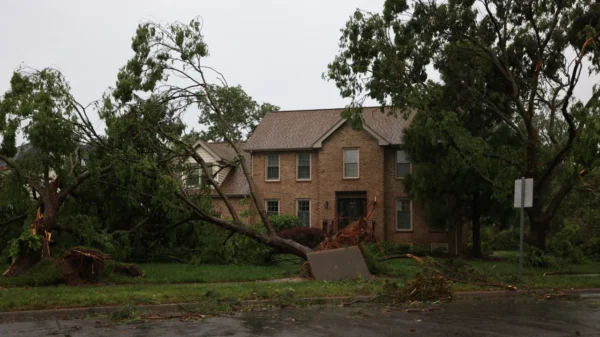Alas! We’ve reached the end of the fantasy regular season. There were a couple big quarterback injuries in Week 13, with Jimmy G now out for the season and Lamar Jackson expected to miss at least a game or two. Some running backs are set for bigger roles, while we should also be locking up handcuffs for the playoffs. We’ve got pickups to help you make that last push and to aid your title run.
If you one of the handful of quarterbacks on bye this week, or were starting Lamar Jackson or Jimmy G, Jared Goff is your guy this week. He’s only QB17 on the year but is fresh off a QB4 finish against Jacksonville. Goff finally had Amon-Ra St. Brown, DJ Chark, and Josh Reynolds all back in lineup for the first time in weeks.
Jameson Williams played a limited role in his first NFL action and will see his role increase, giving Goff another weapon downfield. Goff has thrown for 580 yards over the last two weeks, with multiple touchdown passes in each game, and he hasn’t turned the ball over since a Week 9 interception against Green Bay. Now, in Week 14, Goff and the Lions take on a beatable Vikings defense, one who’s allowed the 7th most fantasy points to quarterbacks.
Pick him up if you’re fighting for a playoff spot and need a quarterback this week.
White has back-to-back top-7 finishes in his first two starts of the season. After throwing for 315 yards in Week 12, he outdid himself by throwing for 369 yards on a whopping 57 attempts in Week 13. He threw only one touchdown this week after throwing three last week, but very easily could have had a second if Braxton Berrios was able to hold on to what would have been the go-ahead score late in the game. White does have a tougher matchup this week against Buffalo, but they’ve been beatable lately as they deal with injuries.
And assuming he remains the starter into the fantasy playoffs, White would face the Lions (most FP allowed to QBs) Jaguars (8th most) and Seahawks (13th most). Given the weapons around him and the six teams on bye this week, White is worth an add.
Johnson and Knight split touches after Michael Carter went down with an ankle injury in Week 12, but it was a different story in Week 13. Knight dominated the backfield, handling 15 of the 20 carries and totaling 90 yards. He played on 55% of the snaps, compared to 11% for James Robinson and 33% for Ty Johnson (mostly 3rd down work). Knight added five catches for 28 yards. While Johnson outproduced him through the air.
Knight ran only one less route than Ty Johnson and saw only two less targets. Knight also handled all of the red zone work: he had all four carries (three inside the 10) and caught both of his targets. He failed to get into the end zone, but with that usage, his scoring prospects are high. If Carter were to miss more time, Knight could be a star down the stretch for the championship push.















































